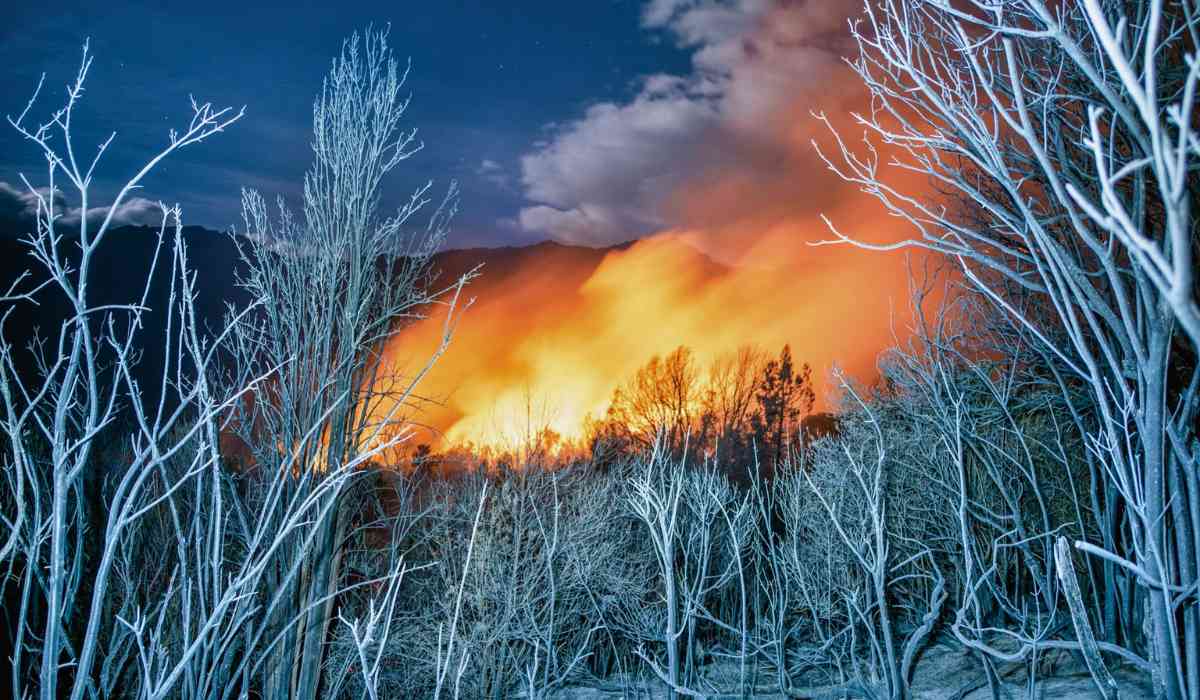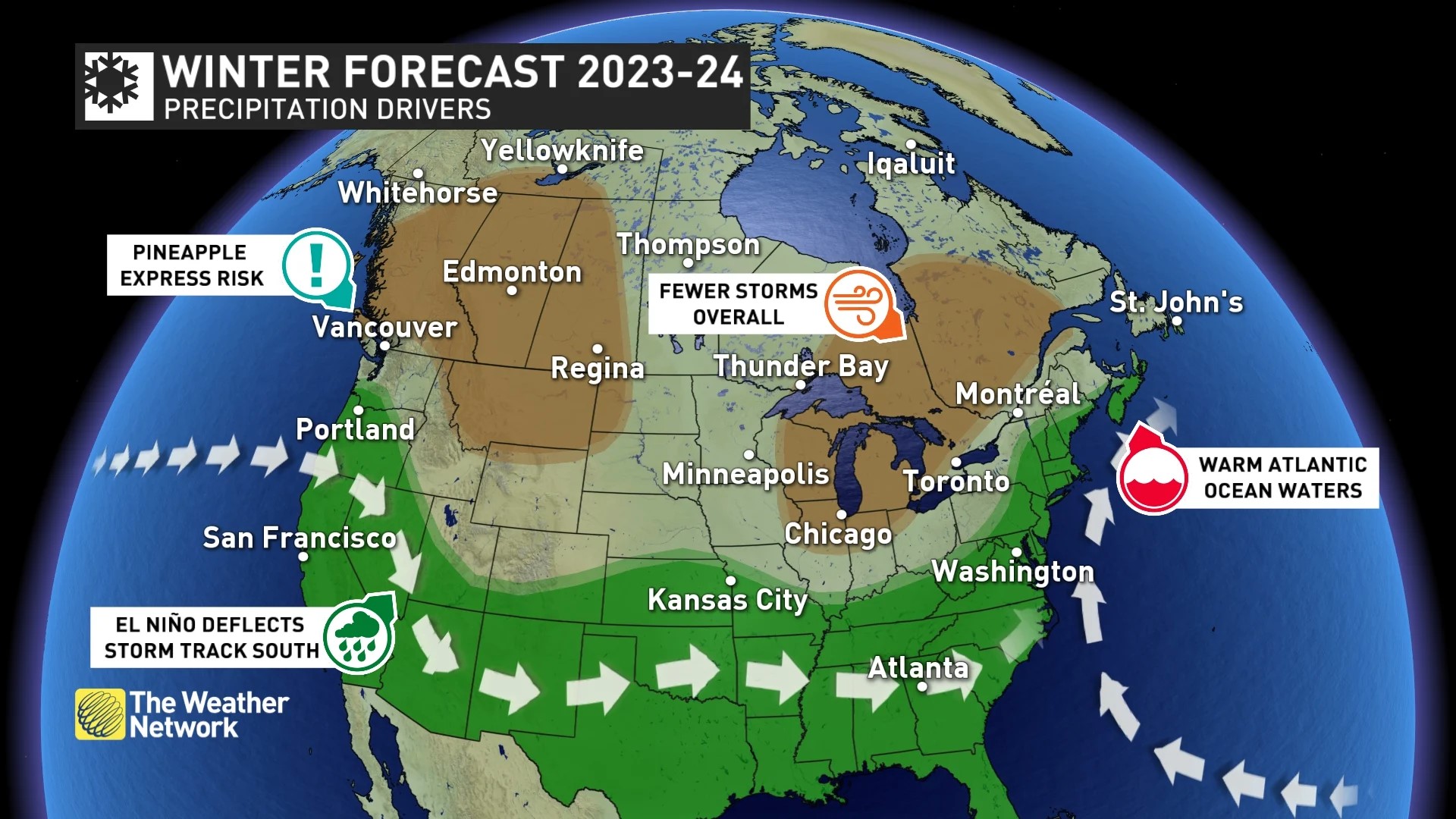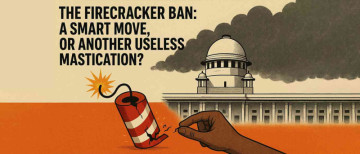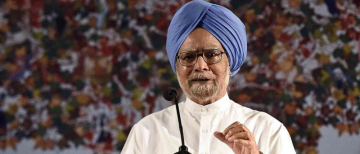In Canada's serene winter wonderland, an ominous presence lurks beneath the snow-covered terrain, raising fears of a smoky sequel to last year's devastating wildfire season. Aptly named "zombie fires," these underground embers, previously associated with the boreal forests, have expanded their reach to regions like Fort Nelson, British Columbia, leaving a trail of white smoke against the winter backdrop.
Understanding Zombie Fires:
Zombie fires are a unique and deceptive phenomenon in the world of wildfires. Unlike conventional fires that extinguish with the arrival of winter's snow, zombie fires smoulder beneath the surface, hiding in organic peat moss. This smouldering, flameless state allows them to persist through the cold months, often undetected. Shielded by layers of snow, these fires can re-emerge in the spring, posing a renewed threat to the landscape. The name "zombie fires" captures their ability to seemingly come back to life after being concealed beneath the winter snow.
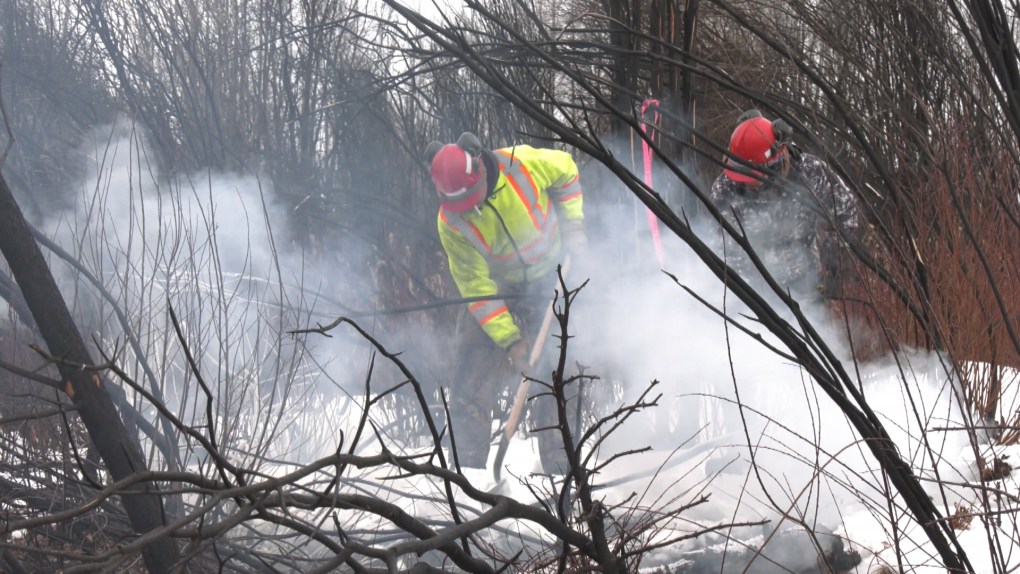
Fox Lake in northern Alberta, 2023 fire
A Winter of Flameless Menace Raises Summer Wildfire Fears
The spectacle of snow-covered landscapes transformed into smoky scenes raises concerns for the upcoming summer. Despite being flameless, these overwintering fires present a unique challenge as the thick snow shield allows them to persist below the surface. The situation is further exacerbated by a surge in the number of active zombie fires, reaching an alarming 106 in January, prompting heightened vigilance among fire scientists.

A Regional Crisis: Alberta Grapples with Winter Fires
The concern transcends provincial boundaries, extending to neighbouring Alberta, where a surge in winter fires adds to the complexity. In early February, Alberta recorded 57 winter fires, nearly ten times the five-year average. This unsettling continuation of smouldering through the winter signals a broader regional crisis, echoing the challenges faced during the record-breaking 2023 wildfire season.
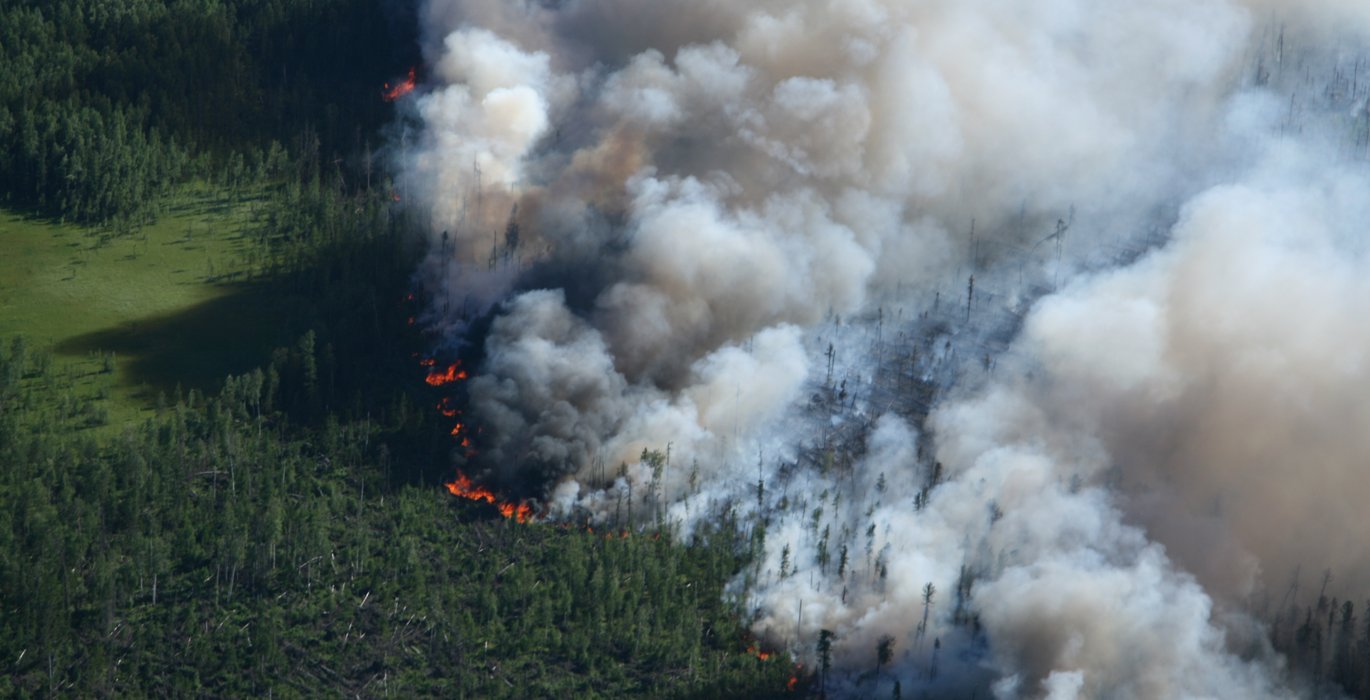
Root Causes and Lingering Effects
Understanding the root causes of this winter menace reveals a confluence of factors. Unfinished business from the previous autumn, combined with the lingering impact of a two-year drought, forms a potent cocktail that fuels these zombie fires. The aftermath of the devastating 2023 wildfire season, scorching over 18 million hectares, amplifies the challenges faced by the provinces.
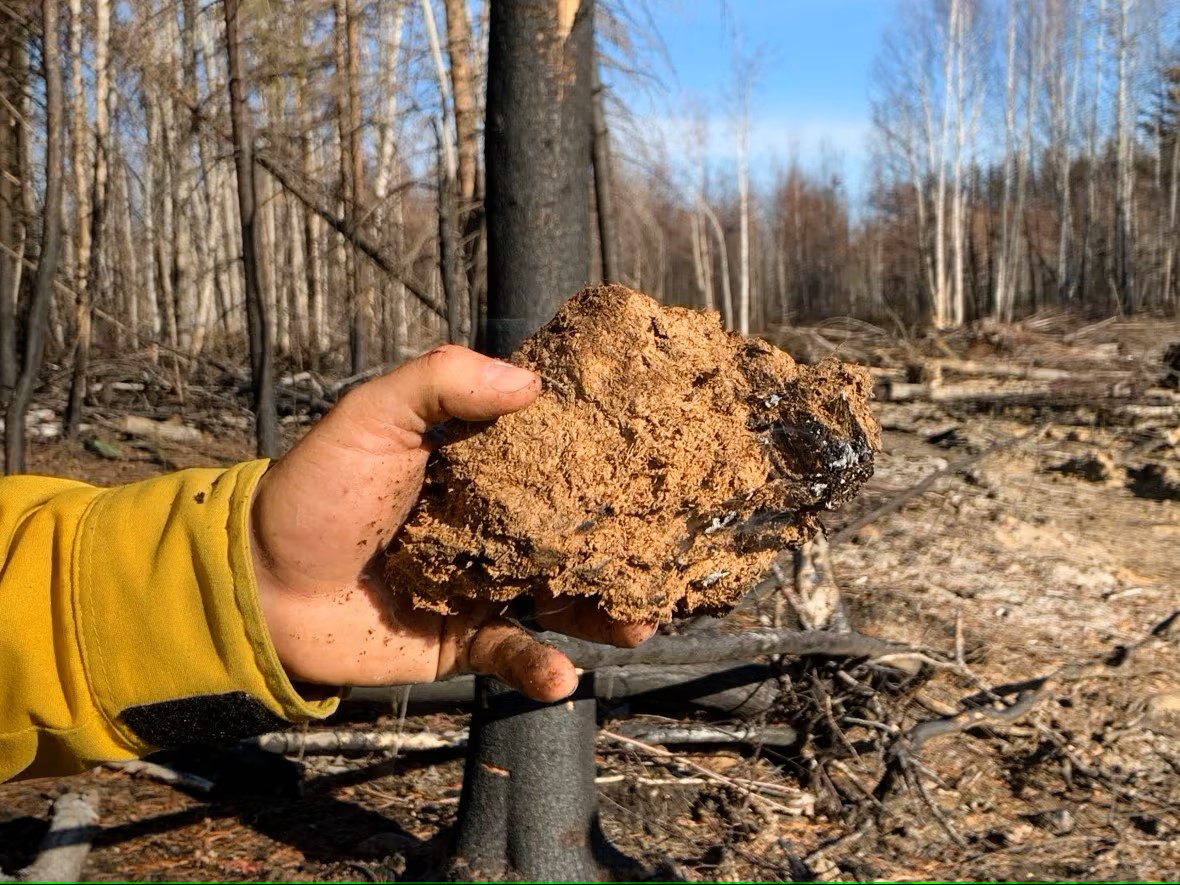
Visible Signs of the Drought's Impact
The visible signs of the prolonged drought are evident, with once-flowing creeks reduced to mere puddles, a stark contrast to the lush scenes of the past. The province's drought map paints a sobering picture, indicating medium to extreme drought levels across most of British Columbia, further complicating the battle against these lingering winter fires.
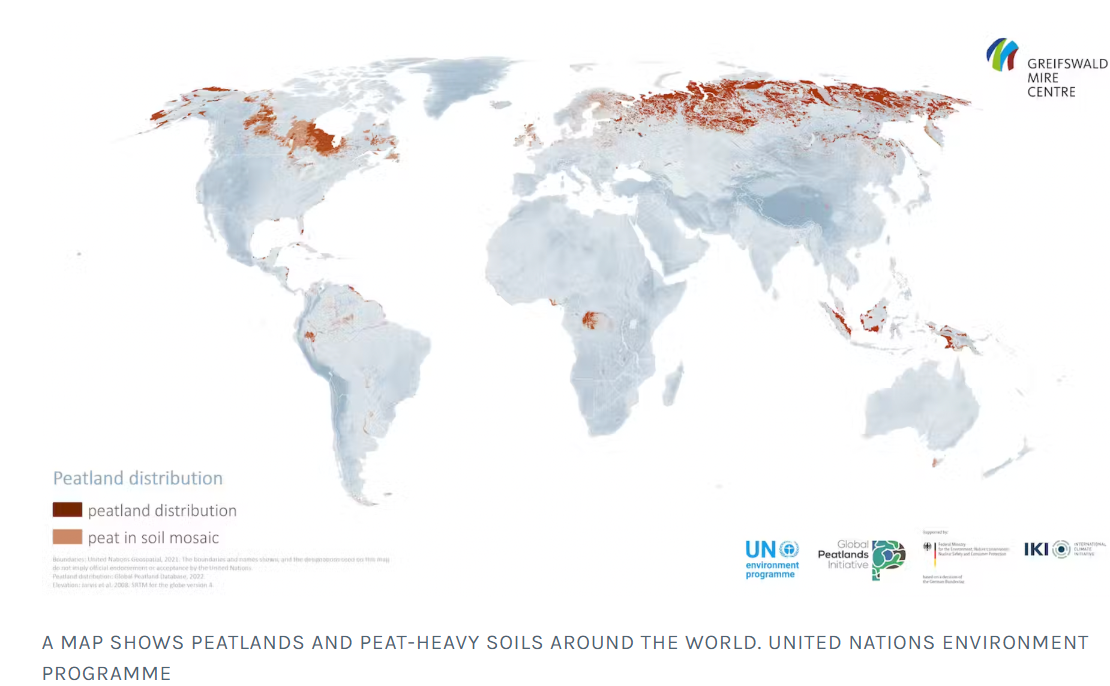
Monitoring and Looming Risks
While officials keep a vigilant eye on these smoulders, the risk of re-ignition looms large if the provinces experience little snow or rain in the spring. BC Fire Information Officers acknowledge the challenge of manually extinguishing these fires during the off-season, with firefighting forces on a break. The main concern revolves around the potential for ignition come March or April, demanding immediate and strategic action.
Navigating Uncharted Territory—Looking Ahead to an Active Spring
As Canada navigates uncharted territory with the winter menace of zombie fires, experts emphasise the exceptional nature of the situation. The looming El Nino year forecasts hot and dry conditions for western Canada, setting the stage for a potentially active spring. However, caution prevails, as experts assert that it's too early to predict the exact trajectory of the upcoming fire season in British Columbia.
For more information on weather, click the photo above: PC: The Weather Network
Global Warming and Environmental Changes:
While the localised challenges in Canada paint a concerning picture, the global context reveals a broader crisis. Over the past 12 months, the average worldwide temperature was more than 1.5 degrees Celsius higher than at the dawn of the industrial age, surpassing the threshold set by the 2015 Paris Agreement. The exceptional warmth persists, with last month marking the hottest January ever measured. These temperature extremes, coupled with deforestation and severe droughts, threaten up to half of the Amazon rainforest, according to a recent study.
Solutions for a Sustainable Future:
Addressing the complex challenges of global warming and environmental change demands a collective effort and a commitment to sustainable practices.
There are numerous choices available for us:
1. Adoption of Renewable Energy: We can contribute to the fight against climate change by utilising renewable energy sources like solar and wind power and drastically cutting carbon emissions.
2. Reforestation and Afforestation: Maintaining biodiversity and securing carbon dioxide reserves, planting trees, and repairing damaged ecosystems.

3. Sustainablе Agriculturе Practicеs: Two common farming practises that improve soil health and lower greenhouse gas emissions are no longer farming and cover crops.
4. International Cooperation: International agreements and cooperation are necessary to address environmental challenges collectively. Cooperation between nations is necessary to set ambitious targets for cutting carbon emissions.
In this intricate dance between winter's smoulder, the anticipation of a challenging spring, and the global call for environmental action, Canada grapples with the dual threat of zombie fires. It underscores the urgency for vigilant monitoring, strategic firefighting, and proactive measures to mitigate the impact on both the environment and communities while contributing to global efforts for a sustainable and resilient future.
media inputs: Various agencies
ⒸCopyright 2024. All Rights Reserved Powered by Vygr Media.

